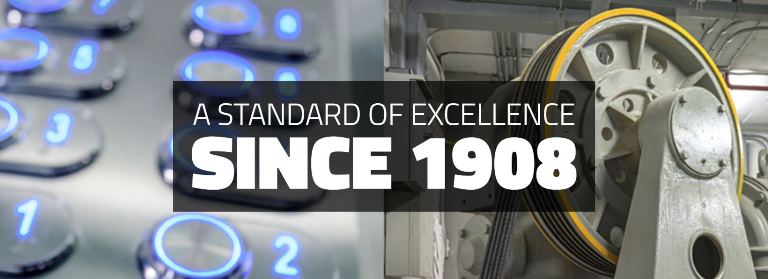We received a call this Christmas Eve night and the
symptom was the starter wasn’t working properly. Not only was this bad timing but the parts
needed to begin resolving the issue where not in stock. This particular motor starter was an across
the line starter with two different starters from 1969.
What this means is that there are two separate line starters that share
electrical load.
The older style mechanical starters are fairly robust and
last a very long time. But they do age
and will eventually cause problems. The starters above have lasted almost 50 years and most likely will continue working well with the correct replacement parts.
The newer style mechanical starters are not made as well
as the older style and typically do not last very long compared to their
predecessors[10-15 years compared to 20-40 years].
In this particular starter you have starter contacts,
coil, or auxiliary contacts that would typically be your issues why the motor
starter is not working. We have been
seeing more failures of these mechanical starters lately[typically on nights
and weekends-See Murphy's Law]. Being there are many
different starters that all have different parts it at times causes issues
getting the parts right away. Even
though we have hundreds of starters in stock it doesn’t mean the elevator
service company will have the parts for your starter and without the correct
parts it means your elevator will not be running until the correct parts are
installed.
If you have an older building we would recommend the
installation of a solid state starter.
There are a few different models of solid state starters out there but
our preferred starter is a Siemens soft start.
Benefits
Electrical savings
Ride quality improvement – Smoother operationLess replacement parts
Advanced motor protection
No starter noise – no “bang” when elevator starts
If the building on Christmas Eve night had a Siemens soft
start we most likely would have to just replace the solid state board and the
elevator would have been up and running.
If you have a building and are curious if this is a good option for you,
call your elevator service company and get information on a solid state
starter. The cost for the installation
is between $2,000.00 and $5,000.00. The
starter will pay for itself over its life and shut down resolution is very quick. Sometimes it is not about the money but making sure the elevator is working for the users. The Siemens starter will give the building a more reliable elevator.
If
you have any questions or would like information from Colley Elevator you can
go to www.colleyelevator.com, email Craigz@colleyelevator.com or call 630-766-7230.































